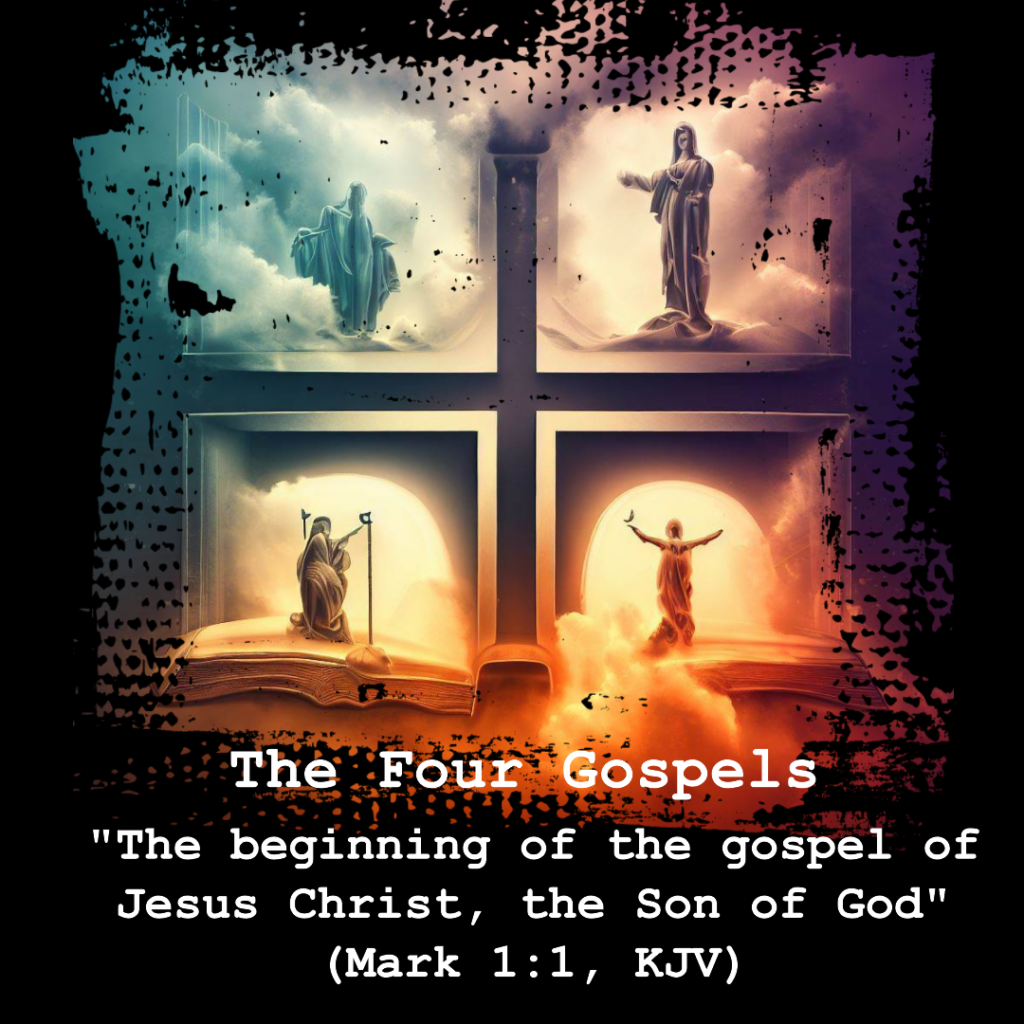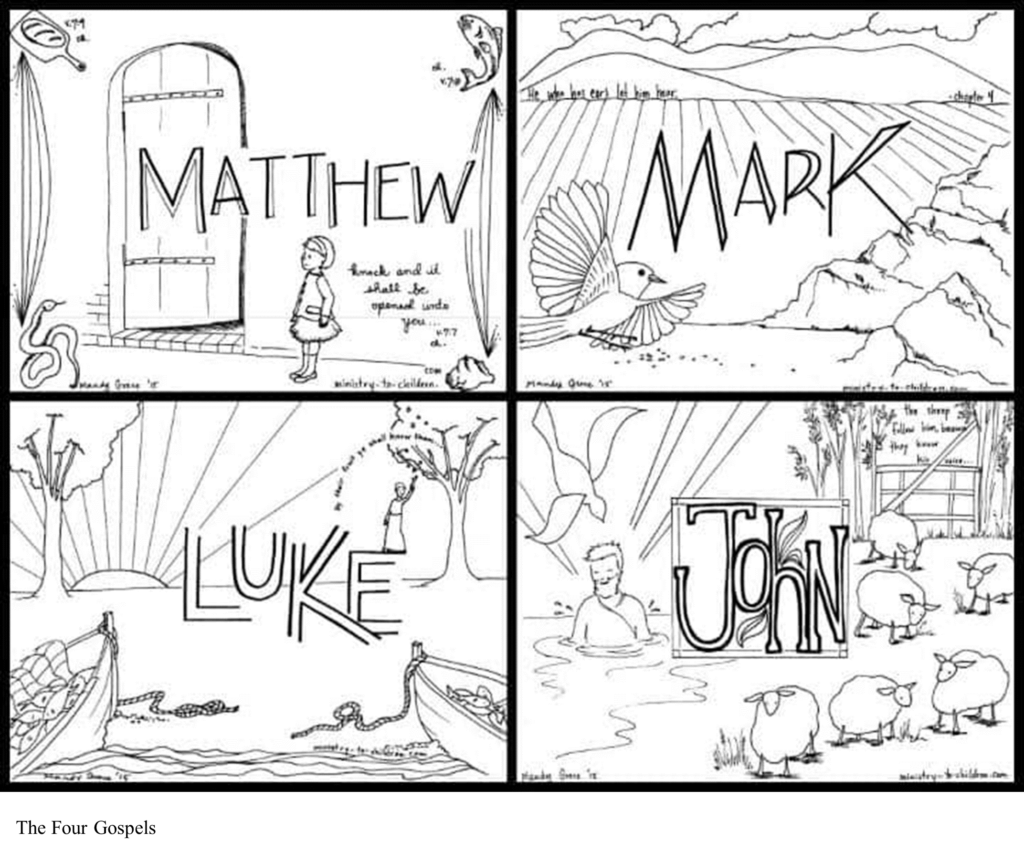Written By Lesallan – August 15, 2023
Ohio Christian University – BIB3510 Gospels: Luke (ONLF23)

Ancient Biography Discussion – The Gospels
Written By Lesallan – August 15, 2023
Ohio Christian University
BIB3510 Gospels: Luke (ONLF23)
Professor Daniel Rickett
August 15, 2023
Ancient Biography Discussion – The Gospels
The genre of the four Gospels found in the Bible is known as the “Gospel,” which is believed to have been initiated by Mark. Mark is the only Gospel writer in the New Testament who specifically identifies his work as “The beginning of the gospel of Jesus Christ, the Son of God” (Mark 1:1, KJV). The Greek term for Gospel is “euangelion” (Concordance, 1890), which means “a good message, i.e., The gospel” in its literal sense (Concordance, 1890). In the Book of Mark (KJV), the good message commences at the baptism, where “And there came a voice from heaven, saying, Thou art my beloved Son, in whom I am well pleased” (Mark 1:11, KJV). Mark’s Gospel is believed to be influenced by “Greco-Roman biographies whose emphasis is on main characters rather than an era, event, or government” (Licona, 2015). With the focus being on the main character, we can “learn something of the main character’s ancestry and then move rapidly along to the beginning of his public life” (Licona, 2015).
According to the video assigned for this discussion (Licona, 2015), little is known about Jesus’ childhood. I have learned, however, that Grecko-Roman biographies (biographers) could only fit so much on the ancient scrolls, ten thousand to twenty thousand words maximum. Mark’s Gospel is the earliest of the four Gospels found in the Bible, with his Gospel being at the bottom end with around ten thousand words. Luke’s Gospel is at the top with twenty thousand words found among the Greco-Roman biographies (Licona, 2015). The Gospels are written with a moral purpose – the character qualities a Christian should have and those that should be avoided. We must always read the Gospels keeping the genre in mind, the composition, the similarities in form, style, and the subject matter.
The main differences in the Gospels are that each Gospel has its own unique perspective and purpose. For example, Matthew’s Gospel is written primarily for a Jewish audience and emphasizes Jesus’ fulfillment of the Old Testament prophecy. Mark’s Gospel emphasizes Jesus’ actions more than his teachings and portrays him as a suffering servant. Luke’s Gospel emphasizes Jesus’ compassion for sinners and outcasts and portrays him as a universal savior. John’s Gospel emphasizes Jesus’ divinity more than his humanity and portrays him as the Word made flesh.
Licona (2015), in his video “Why are there Differences in the Gospels?” (Licona, 2015), stated that “You can read the Gospels more accurately by understanding 3 key elements in biographical writing” (Licona, 2015). The three elements were adapting, paraphrasing, and simplifying” (Licona, 2015). I may not have this correct; however, I believe he was speaking on adapting using a photograph and portrait. Photographs are accurate, and things can generally be inferred from them that are accurate. In a portrait, the artist can depict more than what a photograph can capture. The artist is free to change it to reflect something different. Licona stated that “biographies have elements of [both] photographs and portraits” (Licona, 2015) present in them.
Presented in the Licona video (Licona, 2015) were the seven compositional devices that can be used to help explain differences in the Gospels. These devices are transferal, displacement, conflation, compression, simplification, expansion, and interpolation. First gone over was gematria, a rhetorical device used by ancient authors – assigning numeric value to letters. Also mentioned was paraphrasing or communicating thoughts more easily; the grammatical structure is changed. Also explained is how Greek differs from English (the subject and verb change order). Further in the presentation, I learned things such as subtraction, substitution, how statements are turned into questions, how these same statements are also changed to exclamations, and, lastly, to creating a dialogue (Licona, 2015).
Many examples were given from the Gospels on “literary spotlighting,” “when an author directs focus on his subject to the point that he neglects to mention others who were likewise involved” (Licona, 2015). In the empty tomb narrative (Luke 24:12, KJV), the question was how many angels were in the tomb, how many women went to the tomb, and who ran to the tomb; these are all examples of spotlighting in the Gospels (Licona, 2015).
The Gospels are considered to be historical-theological documents and are similar in style to biographies from Greco-Roman culture. The authors utilized their own traditions and sources to compile their works. The setting for each of the four Gospels is first-century Palestine during the Roman occupation, and their intention is to provide accurate historical information.
The Gospels are ancient biographies that narrate the life of Jesus Christ. As such, they should be read as historical documents that convey historically accurate information. Each Gospel has its own unique perspective and purpose. For example, Matthew’s Gospel is written primarily for a Jewish audience and emphasizes Jesus’ fulfillment of the Old Testament prophecy. Mark’s Gospel emphasizes Jesus’ actions more than His teachings and portrays him as a suffering servant. Luke’s Gospel emphasizes Jesus’ compassion for sinners and outcasts and portrays Him as a universal savior. John’s Gospel emphasizes Jesus’ divinity more than His humanity and portrays him as the Word made flesh.
The Gospel means Good News – the book tells the Good News and the story of Jesus. The Gospels writer wrote to communicate their own points of the story of Jesus. The authors were making a theological point. The Gospel is the simple message of Jesus. The four Gospels simply tell the “Gospel,” the death, and the risen Jesus Christ.
Lesallan

References:
Licona, M. (2015, January 5). Why are there Differences in the Gospels? Www.youtube.com. https://www.youtube.com/watch?v=aF6_zwYVa3A
Concordance, S. (1890). STRONGS NUMBER G2098. Www.kingjamesbibleonline.org. https://www.kingjamesbibleonline.org/strongs-number-G2098/


